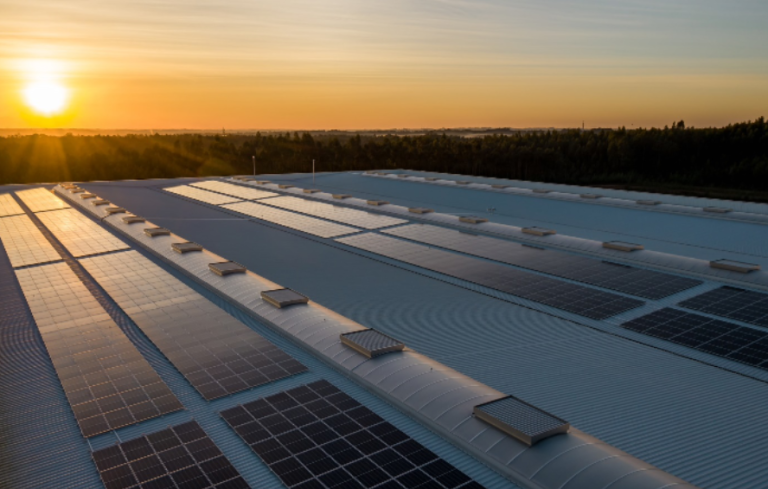Heavy-Duty Industrial Casters and the Aerospace Industry
Asenqua Tech is reader-supported. When you buy through links on our site, we may earn an affiliate commission.
The aerospace industry needs specialized equipment, as workers must safely and efficiently move materials, components, and equipment that may weigh tens of thousands of pounds. To do so, workers use platforms, dollies, and more equipped with heavy-duty industrial casters. The casters can withstand heavy loads and harsh environments, so business owners won’t need to worry about premature failure that can lead to costly disasters. They need to know the casters will hold up and perform as intended.
Uses for Industrial Casters in the Aerospace Industry
One of the main tasks in aerospace facilities is moving aircraft components and assemblies as they make their way through the manufacturing process. Caster Concepts understands the loads placed on workers when they complete these tasks and offers casters designed to lighten the load significantly. The workers can move wings, engines, landing gears, fuselage pieces, and more quickly and easily because the casters make it easy to move the parts seamlessly, whether they are used on a platform or another piece of equipment.
How Are the Casters Made?
Manufacturers make heavy-duty casters using high-strength materials. Common materials used for this purpose include cast iron and forged steel, as they offer exceptional load-bearing capabilities. They can easily hold the immense weight of aircraft components as workers transport and position these parts. Furthermore, they offer maneuverability and stability. Thanks to the high-quality bearings and sturdy swivel mechanisms found on the casters, workers are assured of smooth and precise movement regardless of what they are transporting or positioning.
Environmental Conditions
One concern with casters in the aerospace industry is whether they can withstand challenging environmental conditions. These facilities usually have strict temperature and humidity controls. Furthermore, certain parts must be manufactured and assembled in clean room environments to protect the integrity of the components and assemblies. When choosing casters, procurement teams must ensure the chosen parts resist corrosion, can withstand temperature fluctuations, and will remain robust when exposed to varying environmental conditions.
Versatility
The aerospace industry often turns to heavy-duty industrial casters because they love the versatility of these parts. The casters can be used with a range of material-handling equipment. They are found on dollies, trolleys, and more in aerospace facilities because they are so useful. Wherever they are used, workers find they can quickly and easily move components and assemblies without worry of them being harmed due to malfunctioning casters.
Safety
Safety is always a top priority for aerospace companies. When heavy-duty casters are used, the risk of worker accidents decreases. The casters allow them to handle the heavy components and equipment found in the industry easily. Many casters now come with advanced features, such as braking systems that prevent the accidental movement of transport systems. In addition, companies can purchase casters with features such as anti-static properties to prevent static discharge or spark-resistant capabilities to reduce the risk of ignition in sensitive areas.
Every aerospace company needs to prioritize safety while working to increase the efficiency of daily operations. Doing so can be challenging, particularly when the company must work within budgetary constraints. Heavy-duty industrial casters are one way to increase efficiency within a facility without sacrificing safety. However, they are only effective when the right casters are selected. These casters must provide the strength needed to withstand heavy loads and must hold up with time. Work with a reputable caster manufacturer to obtain these units and watch overall efficiency increase.







